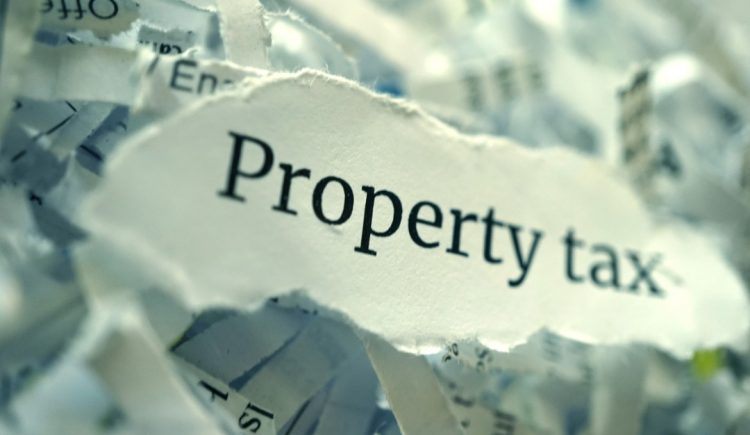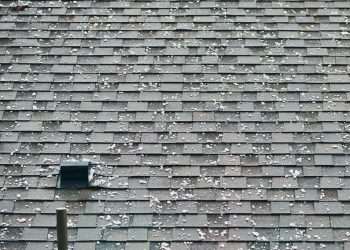Assessment limits, rate limits and levy limits are three types of property tax limitations. Governments in most states have adopted at least one type of property tax limitation. Those measures are intended to constrain local governments and, in some cases, to protect homeowners from unaffordable property tax bills.
Assessment Limits
Due to changing economic conditions, a home’s assessed value may increase over time. However, an increase on paper does not mean that the homeowner has seen a significant rise in income. Homeowners who can no longer afford their property taxes may decide to move to another area.
Assessment limits are intended to protect residents from spikes in property taxes so they don’t get priced out of their homes. An assessment limit caps the amount that a property’s assessed value may rise from year to year. The cap may be expressed as a percentage increase.
A side effect of assessment limits is that they can cause some properties to be assessed well below their market value. In a booming real estate market, a home may skyrocket in value, but its assessed value and the homeowner’s property tax bill may not keep pace.
People who have been living in the area for years may own houses that are assessed below their market value due to assessment limits, but homeowners who are new to the area may have their houses assessed at their actual values. Those inequities can grow over time and can affect people’s decisions on where to live.
Rate Limits
Rate limits are intended to restrict a local government’s ability to raise tax rates. A rate limit may place a cap on the total tax rate that is allowed or may limit the amount that the tax rate can increase from year to year. If government officials want to raise property tax rates beyond the allowed limits, they may be required to seek approval from voters through a referendum. Rate limits may apply uniformly or may only apply to specific jurisdictions.
Levy/Revenue Limits
Levy, or revenue, limits impose a cap on the total amount of tax revenue a local government may collect. A levy limit may also cap the amount that revenue collected can increase from year to year. This is intended to limit the growth of government.
Individual homeowners may see their tax bills rise or fall, depending on their properties’ assessed values and tax rates. The government can adjust individual tax bills to make sure that the total amount of money it collects doesn’t exceed the sum permitted. A levy limit may keep a municipality’s property tax rate from rising by more than a specific percentage or the maximum rate of increase may be tied to the rate of inflation.











